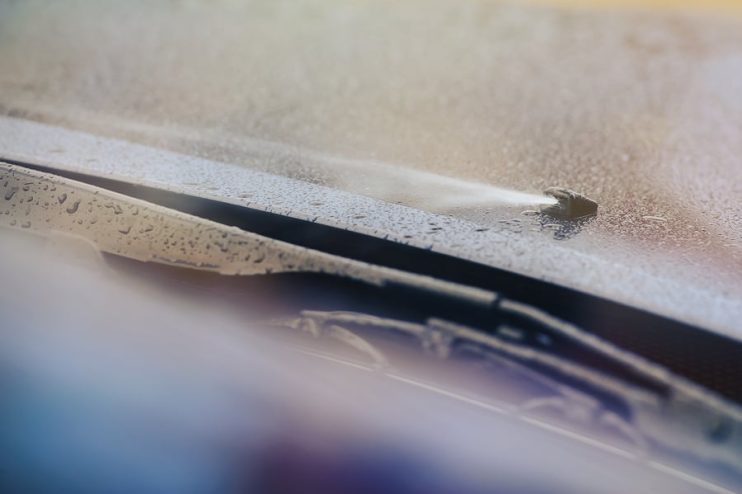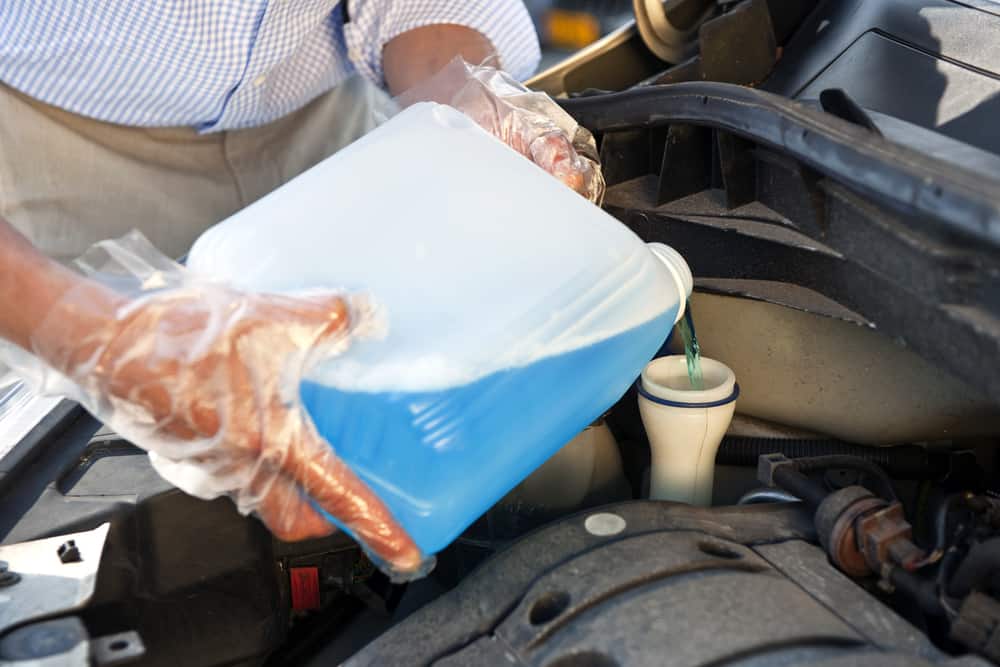 Windscreen washers are an important safety feature on your car. Maintaining full visibility at all times on the road is vital. If you are in any way obscured from seeing the complete picture of the outside world from your car this could lead to an accident.
Windscreen washers are an important safety feature on your car. Maintaining full visibility at all times on the road is vital. If you are in any way obscured from seeing the complete picture of the outside world from your car this could lead to an accident.
Sometimes however unexpected dirt can fly up onto the window, such as birds mess, filthy water or mud. In these instances windscreen washers can be deployed to keep your windows clean.
Windscreen washers use nozzles to spray a high powered jet of water and windscreen washer fluid, a detergent, over your windscreens. All modern cars have these washers in the front of the car and some have washers located over the rear window. Once the fluid is on your windscreen you can then use the wipers to clean it off.
Sometimes your windscreen washers will break but more often than not any deterioration in performance will be caused by clogging. Or over time the alignment can skew so that they fluid no longer hits the windscreen in the right position.
With a simple cleaning and adjustment process you can soon have them working as good as new:
What You Will Need:
Needle, pin or safety pin
Someone to help
About this Fix:
Anyone with a little mechanical knowledge can complete this fix. It should only take around 5-10 minutes of your time.
Step One: Check Spray Pattern
In the first instance you will want to check your spray pattern. Park up somewhere safe and use the windscreen washers from the front of the car. This is where having someone else behind the wheel can help, activating the system whilst you watch.
Observe where the spray is hitting the car. Too high or too low means that you’ll need to adjust the nozzles to make sure that the spray hits the screen correctly. Too high and you need to aim the nozzle down, whilst too low means you need to move it up.
Step Two: Find the Nozzles
On the majority of vehicles the nozzles will be on top of the car bonnet, located quite close to the windshield, although other vehicles may have nozzles under the edge of the bonnet next to the windshield.
Step Three: Make the Required Adjustment
Ensure that the washers are off and wait for any windscreen wiper movement to stop, leaving the blades to return to their neutral position. If the jet is blocked you can use a pin or needle to clean up any excess build up at the front of the nozzle.
The pin or needle should be easy to push into the jet. Dirt can easily be removed by simply moving the pin or needle in a circular motion before withdrawing to wipe away any dirt. Then simply insert the pin or needle straight into the centre of the washer jet to adjust the position of the nozzle. Aim it towards the desired target area on the windscreen. Repeat the process on all nozzles that need adjustment.
Note that the pin or needle should be able to move easily into the nozzle. If you find yourself using a little too much force then stop as this could cause damage to the washer jet nozzle. Also bear in mind that factors such as air speed can affect the trajectory of the windscreen washer fluid in the air, so the position that the fluid lands on the windscreen may alter.
Step Four: Double Check Your Adjustment
Finally double check your adjustment once you believe the nozzles are in place. Activate your washer jets and check that they spray in the correct place on the screen. You may need to give them a small adjustment to finalise the placement of the spray on the screen.
And Finally
Adjusting your windscreen washer jets should be a relatively easy task, but if you cannot seem to get the fluid to flow correctly or the fluid to hit the windscreen in the right place then it may be worth going to see a professional mechanic who can make the changes for you.










.png)